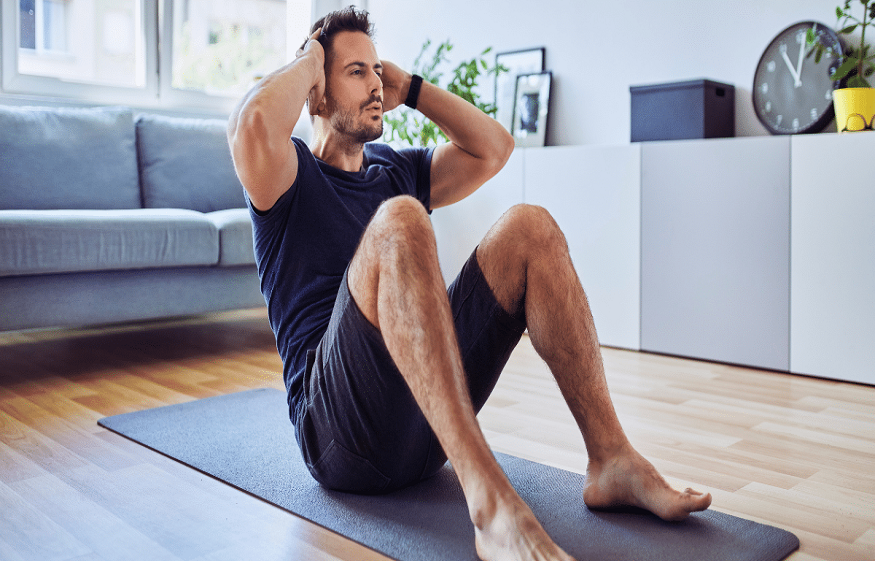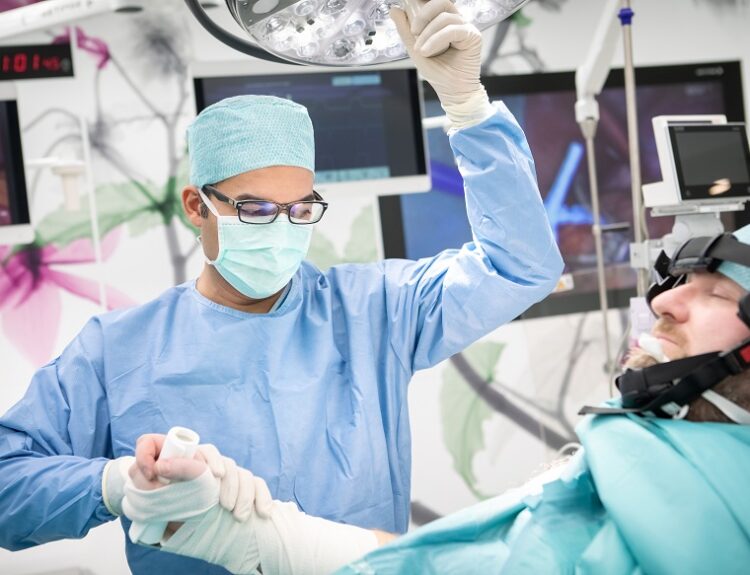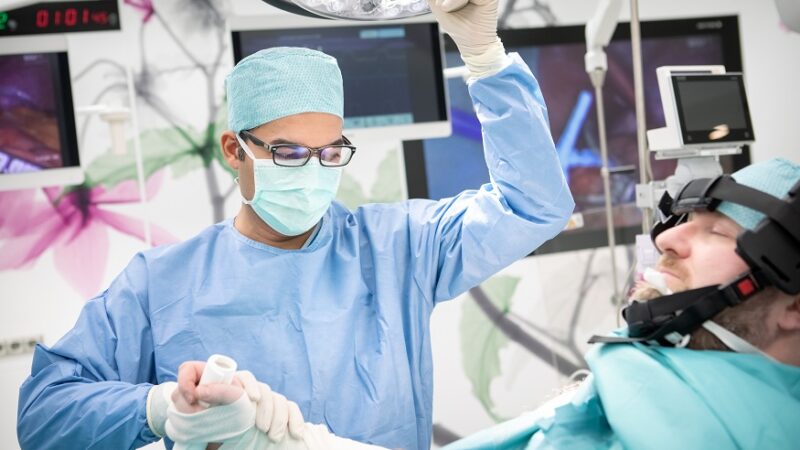Anyone looking to lose weight knows it perfectly: doing sport allows you to “burn” calories, in other words to expend energy.
That said, how does our body quickly deliver this energy to the muscles that will consume it, going from rest to intense effort? And how does it manage at the same time to limit variations in parameters as important as temperature, the quantity of water and sugars… in short everything that makes up the “ inner environment” dear to Claude Bernard ?
During sustained physical activity, to be able to contract more often and with more force than at rest, our muscles must have increased supplies of oxygen and nutrients. And this involves a series of responses from the different organs responsible for meeting these needs: the heart, blood vessels and lungs.
In reality, the functioning of these organs constantly adapts to the intensity and duration of the effort. And this happens unconsciously and automatically, under the control of our autonomic nervous system (ANS) – a kind of nervous regulator that manages all of our vital functions.
A heart that beats stronger and faster
By increasing both in number and intensity, the contractions of our muscles activate receptors sensitive to stretch and tension in muscle and tendon tissue. As a result, a message is sent to the autonomic nerve centers of the medulla oblongata, which will consequently be able to modulate cardiac activity.
At the same time, these contractions Physical exercise press on the surrounding blood vessels, and activate other pressure-sensitive receptors. This will stimulate the autonomic nervous system – and more precisely the sympathetic nervous system.
The heart is thus ordered to beat faster and harder , to increase the volume of blood delivered at each moment, and to provide the active muscles with the oxygen and nutrients necessary for their contractions.
Furthermore, in muscles, neurotransmitters released by stimulation of the autonomic nervous system cause blood vessels, and in particular the arterioles of skeletal muscles, to dilate . Which further increases the amount of blood available.
For example, for the most trained athletes, cardiac output can increase from 6-7 l/min at rest to 40 l/min during maximum effort.
The same logic applies to breathing.
At the start of exercise, the muscles consume more oxygen and release more carbon dioxide than they usually do. Therefore, in the blood, the partial pressures of these gases change, and the pH decreases, which activates chemoreceptors, whereby the autonomic nervous system is alerted.
In response, it increases the respiratory rate and the volume of air used . Thus, the blood can be largely loaded with oxygen, but also massively discharged from its carbon dioxide. The active muscles will then be able to continue to work thanks to the adaptation of the oxygen supply in accordance with their demand.
Here again, we note that in high-level athletes, ventilation can increase from 6 l/min at rest to nearly 200 l/min for high-level athletes at maximum effort.
Renewed energy stocks
If the muscles benefit from a massive supply of oxygen and nutrients thanks to the activation of the cardiovascular and respiratory systems, energy must be managed as best as possible to ensure the continuity of muscular effort.
This energy is stored through a molecule called adenosine triphosphate, or ATP. And during exercise, ATP stores must be renewed , to maintain as stable as possible the right amount of energy necessary for the continuation of physical exercise.
This renewal generally depends on the quantity of muscle mass engaged: we consider, for example, that during continuous effort, a person weighing 70 kg engages 15 kg of muscle mass . But the muscle must also be able to use ATP reserves other than its own, because not only are its reserves limited, but its capacity to renew them is also limited .
In practice, to meet its needs and depending on the duration and intensity of physical exercise, the muscle can use the ATP provided by the oxidation of glucose and certain lipids which circulate in the blood.










